Qualifying a lighting professional to work with you can be a complicated process and fraught with pitfalls if you don’t know what you should be looking for. Today, we’re going to share four categories to look out for in order to choose the best lighting partner for your project.
On the surface, an energy efficient lighting project may seem fairly simple and easy: lighting audit, system design, equipment procurement and installation. In reality, each of these steps represents a set of complexities and challenges, and mistakes made at any stage can lead to more challenging problems as the project progresses.
Recognizing that lighting is not simple and that developments in lighting technology have made it more complex is key to taking that first step to a successful project. A successful project requires the selection of a partner or service provider with high qualifications and experience in lighting audits, lighting system design, energy analysis, utility incentives and project construction.
It is this complexity that drives the need to change the traditional specify, bid, and build model. The most qualified and successful lighting service providers bring value to every step of the process, and each brings their own unique approach to the project. Allowing them to work in models that help clients fully benefit from the expertise of their lighting partners is imperative, specifying, bidding, building models prohibits this by ignoring much of the value they bring. Specifically, it limits their creativity and can also lead to higher cost projects.
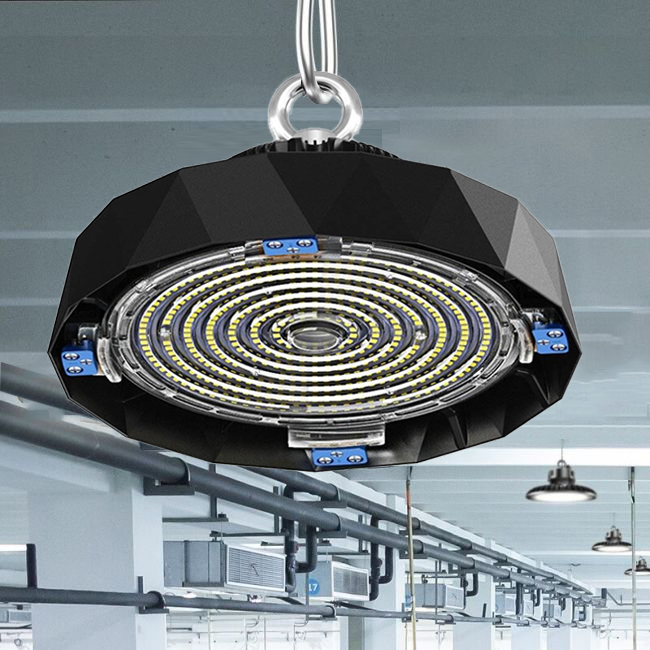
Just coming up with an energy efficient lighting project takes time and money to accomplish the required tasks. Rather than asking multiple companies to spend money on developing a proposal, partners are selected through a qualification process and then only one company is asked to spend time and money on developing a proposal. It’s important to realize that it’s nearly impossible to truly compare 2 different lighting schemes on a “like like” basis. Avoid this mistake.
After setting up the stage, how can I qualify as a lighting service provider and what pitfalls should I pay attention to? The qualification process can be broken down into 4 categories: (1) financial stability, (2) experience, (3) competency, and (4) references. Thoroughly investigate each to answer questions such as “Does my lighting partner have the financial resources to develop the project and procure materials in a timely manner?”, “Does my lighting partner have the experience to design the best system for my application” etc. ? ’, ‘Does my lighting partner understand the complexities and responsibilities of prevailing wage requirements? , and “Does my lighting partner have a track record of satisfied customers?” ” will work hard to ensure the success of your project.
At BBIER, we specialize in helping facilities run efficiently while customizing solutions for each application and need. Contact one of our experts today to learn more.BBIER®, Professional Commercial LED Lighting Manufacturer & Company & Supplier & Factory, Supplying:odm LED Dock Lights, odm Canopy Lights, odm Corn Bulbs, odm Gas Station Lights, odm Grow Lights, odm Linear Lights, odm Temporary Lights, odm UFO High Bay Lights, odm Explosion Proof Lights, odm Flood Lights, odm Garden Lights, odm Post Top Lights, odm Parking lot lights, odm Shoebox Lights, odm Sport Lights, odm Stadium Lights, odm Street Lights, odm Wall Pack Lights, odm Solar Post Top Lights, odm Solar Street Lights, odm Classroom Lights, odm Emergency Lights, odm Exit Signs, odm LED Ceiling Fans, etc. We have over 13 years of commercial lighting R&D experience, 50+ LED lights patents, 200+ LED Lights Certifications, Support OEM & ODM, 5 Years Warranty.

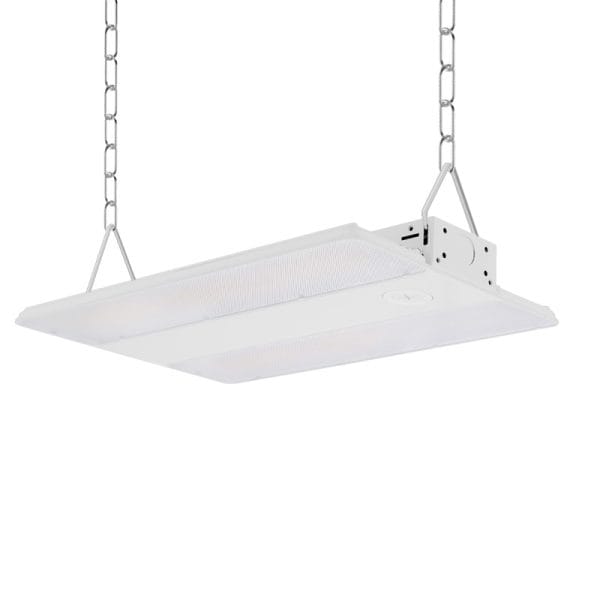
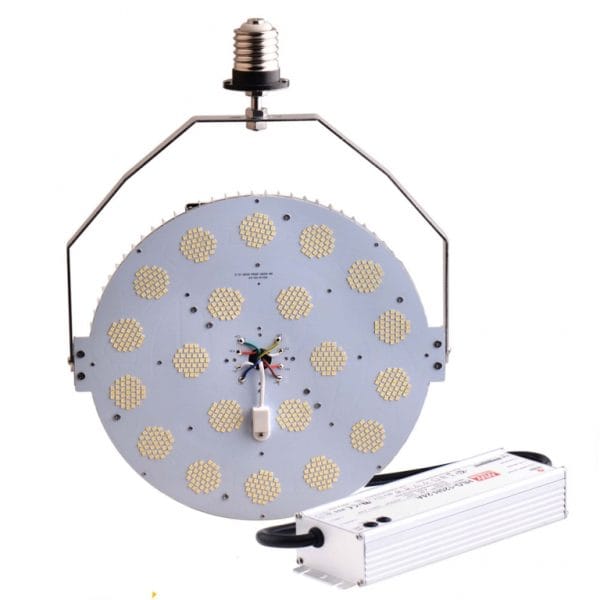
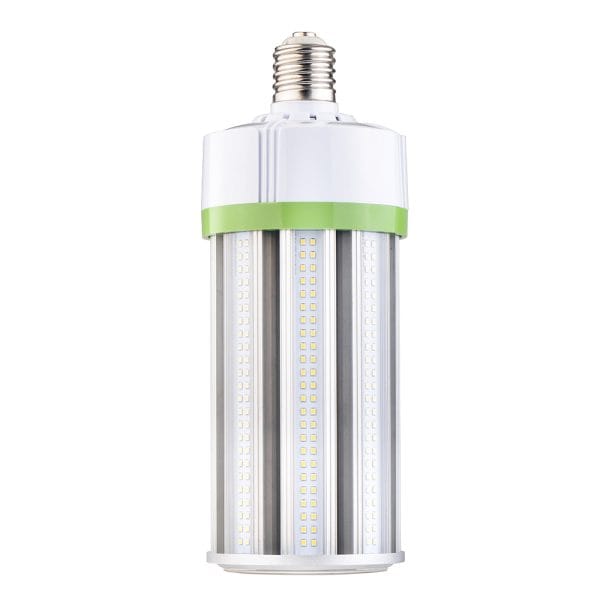
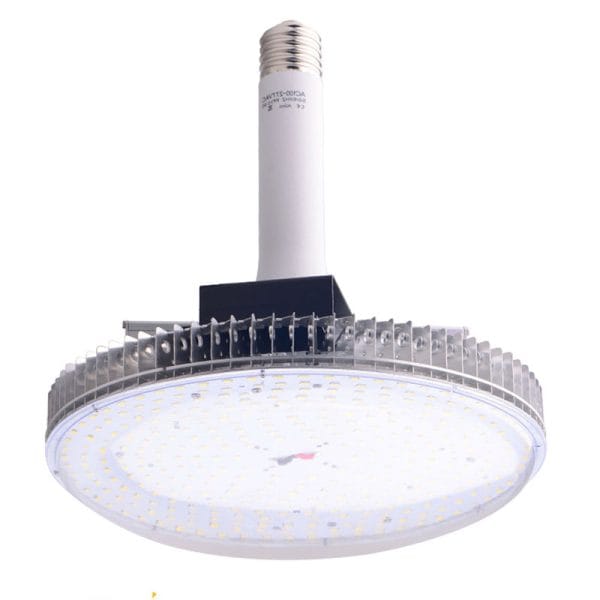
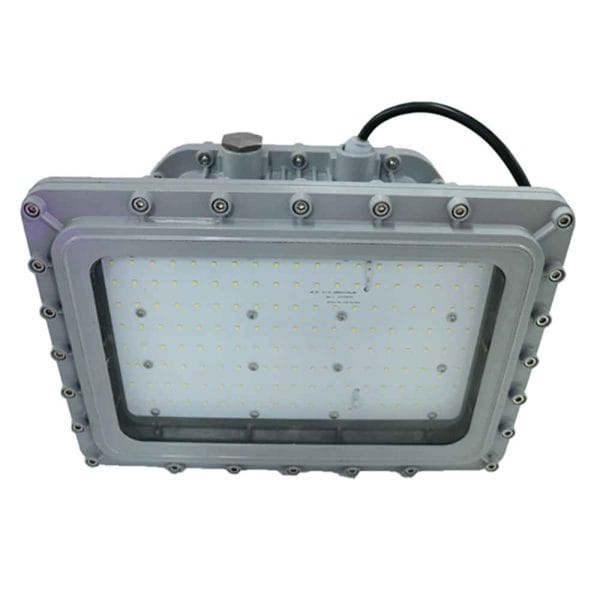

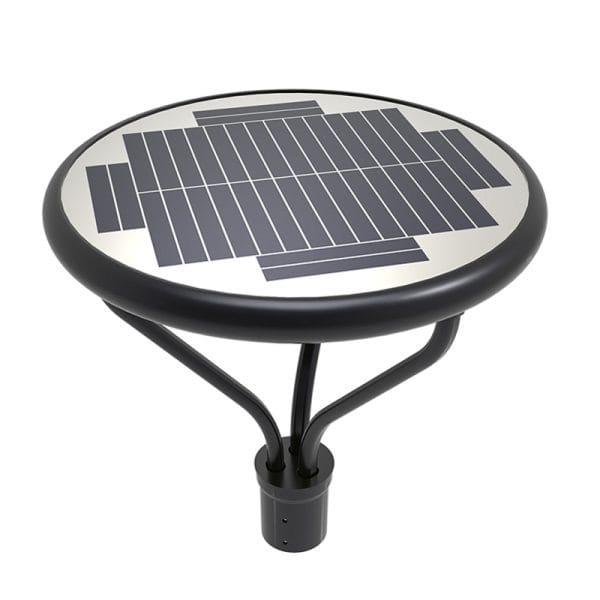
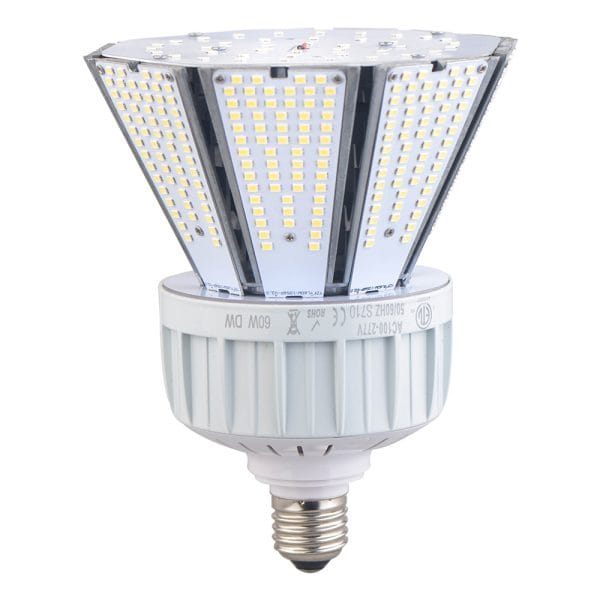
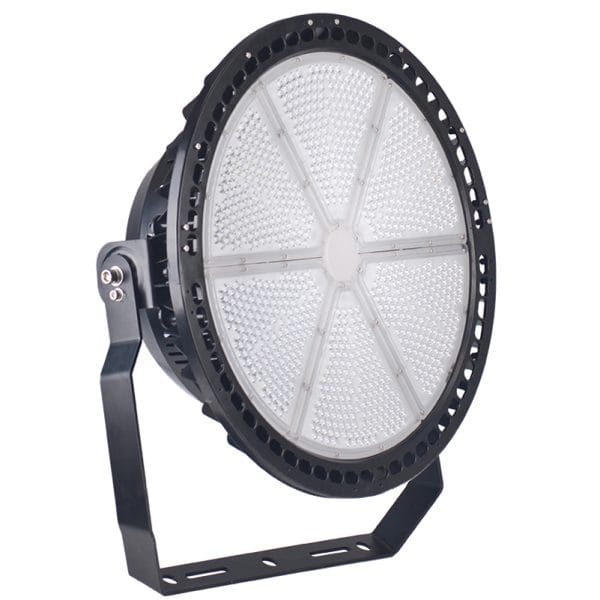
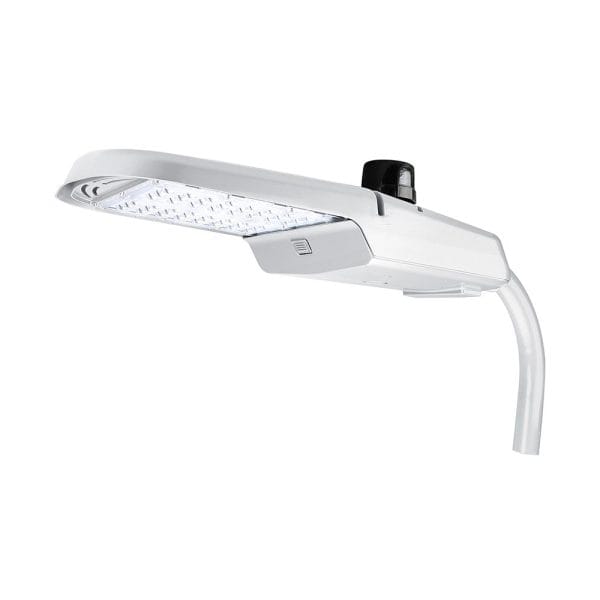
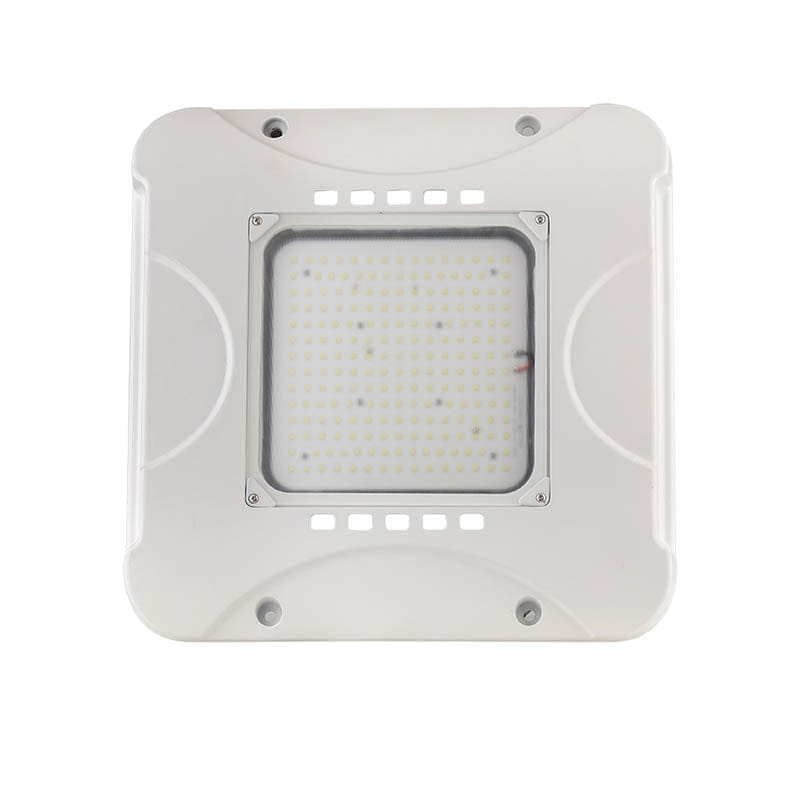
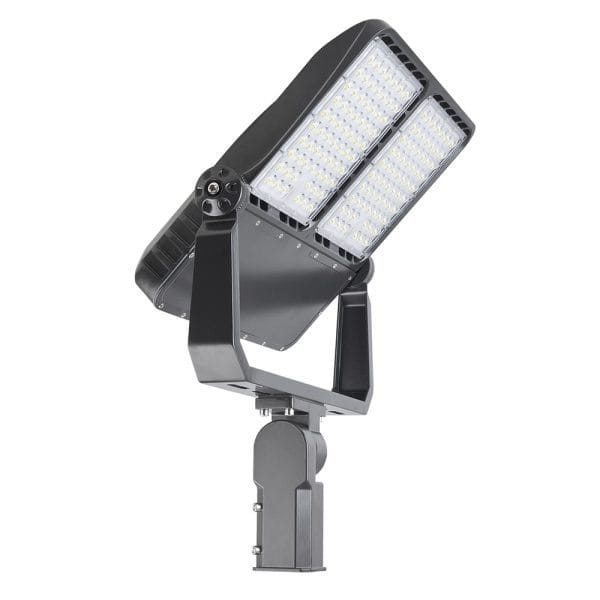
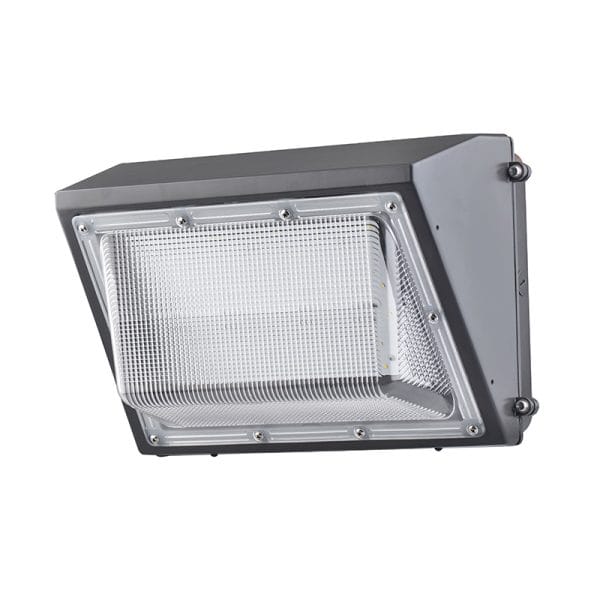
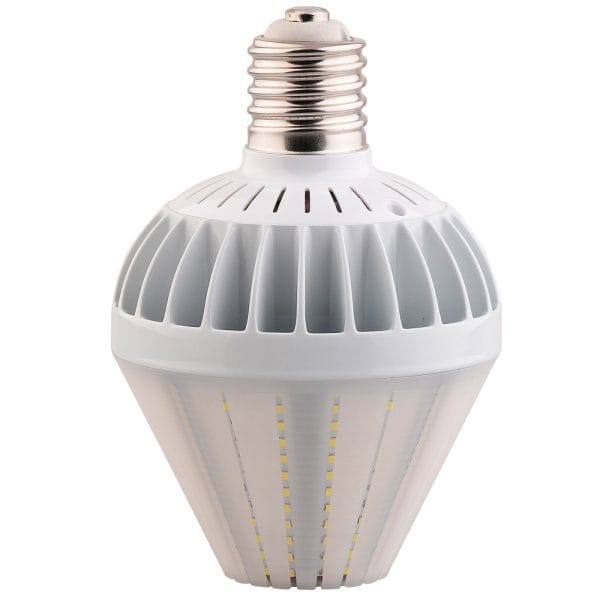
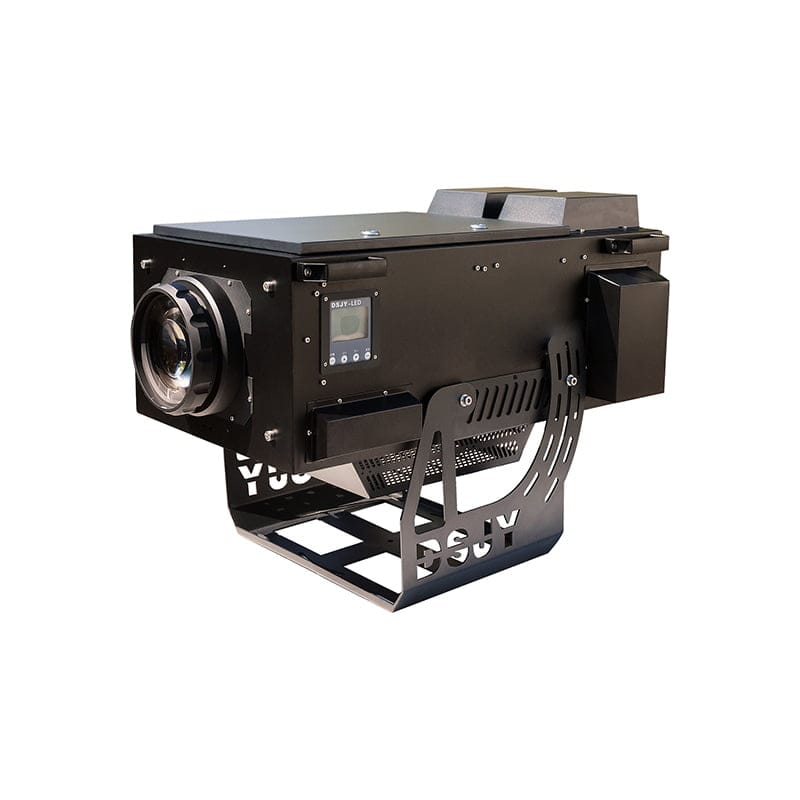
 Cart is empty
Cart is empty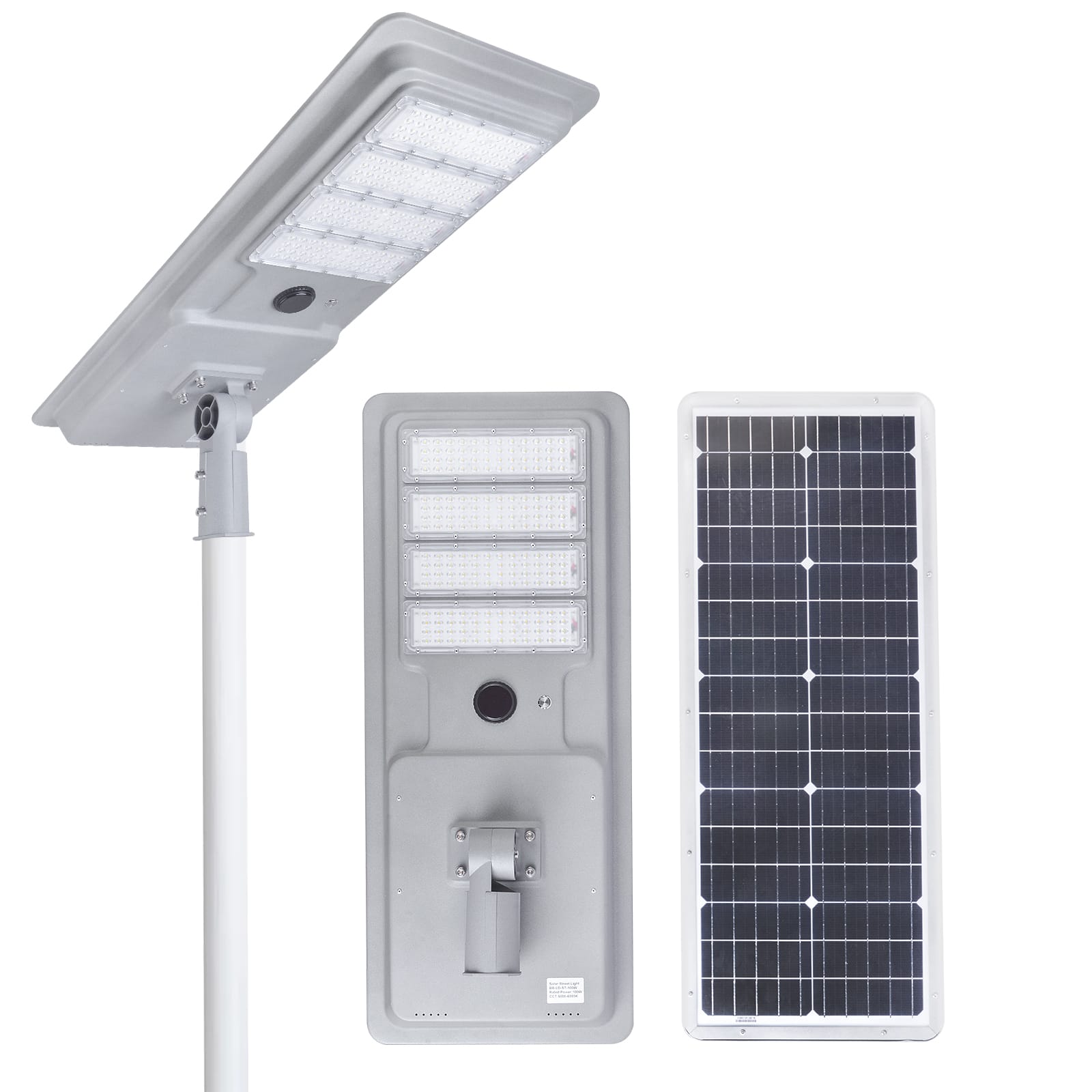
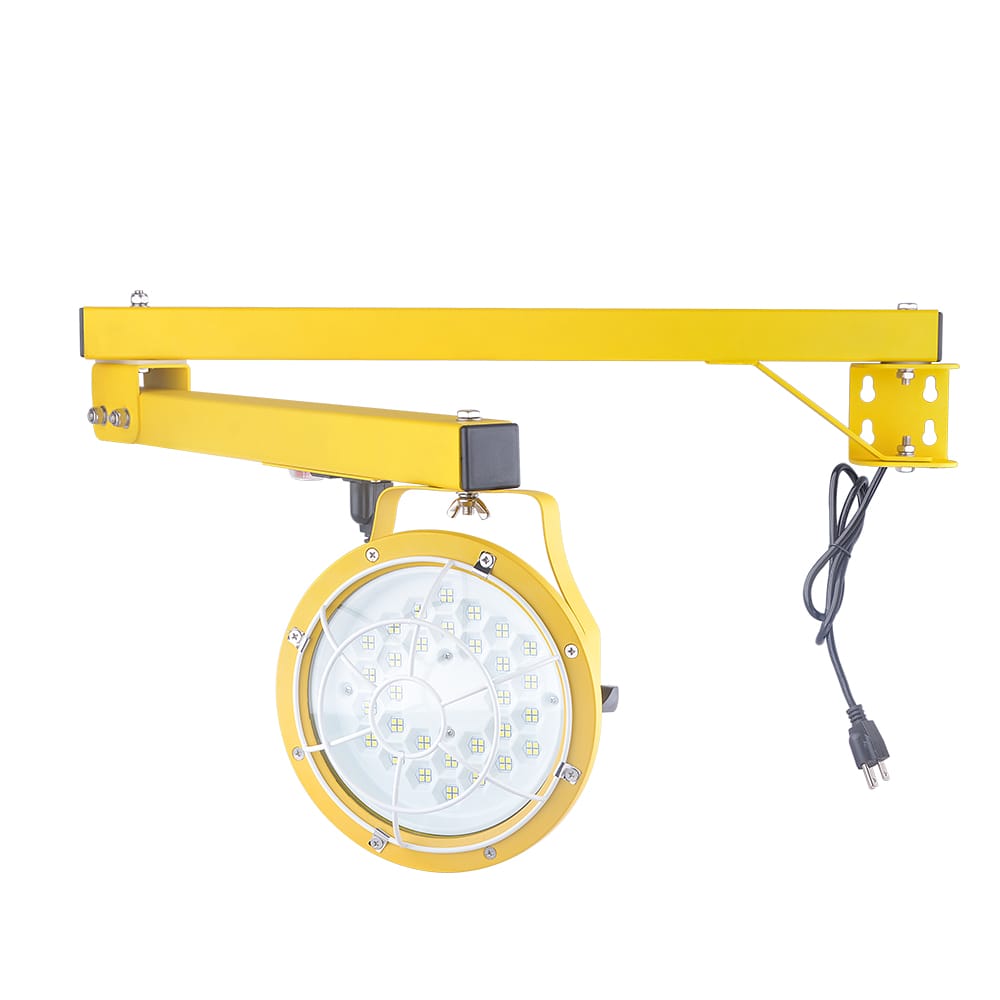
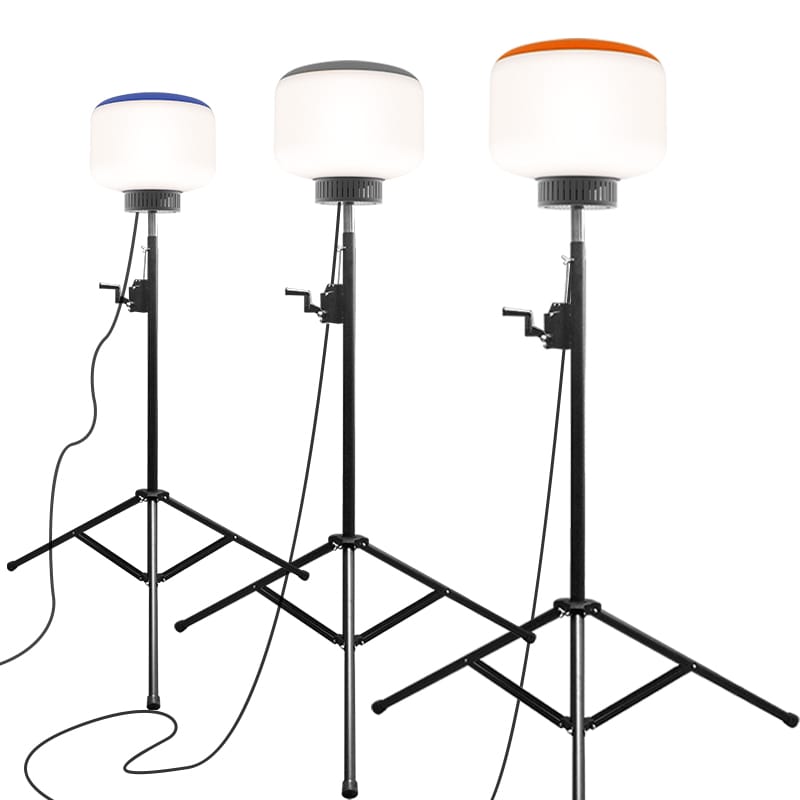
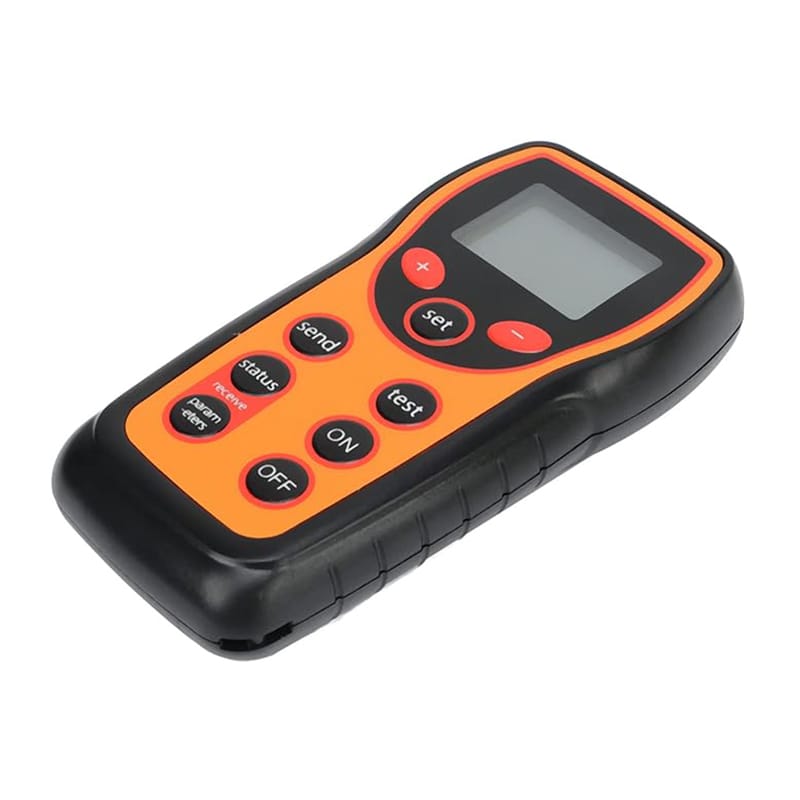
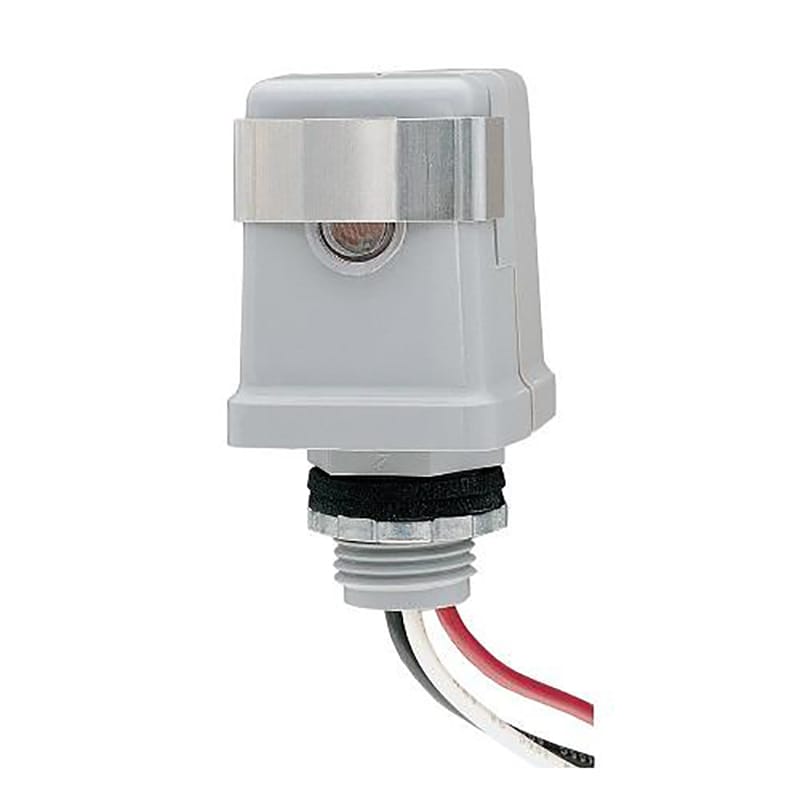
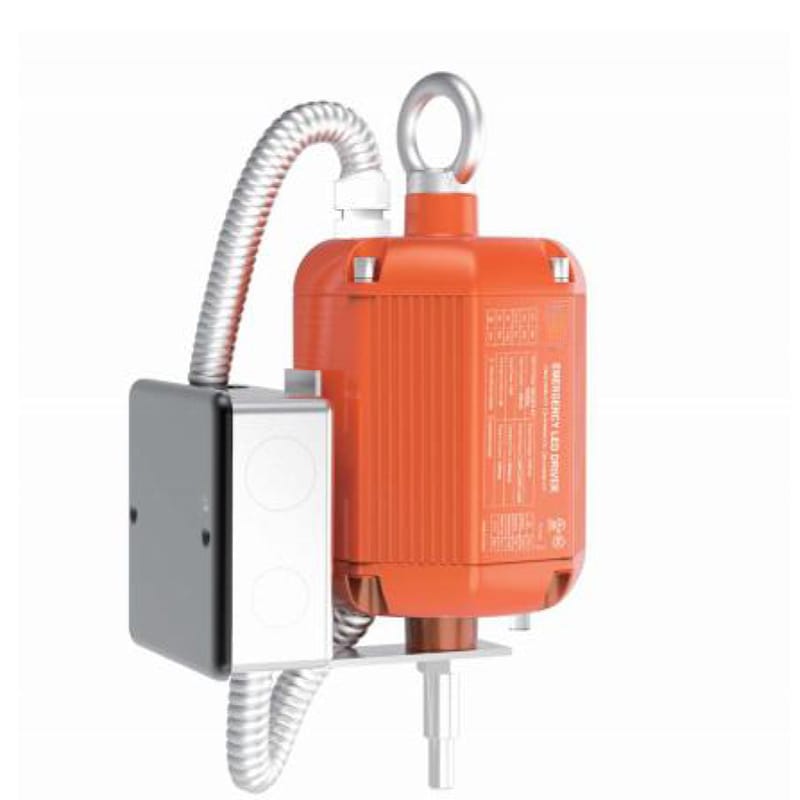
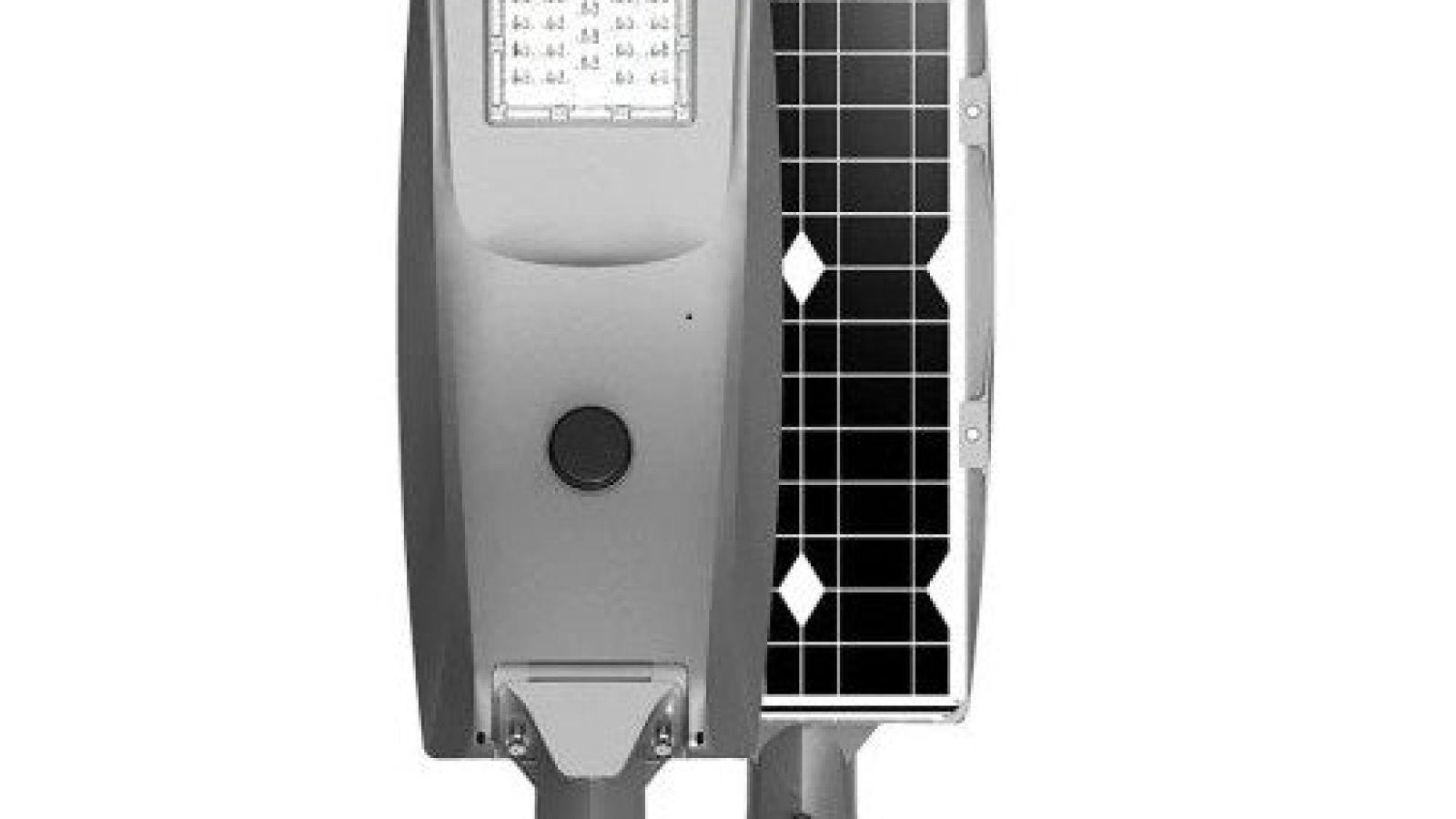
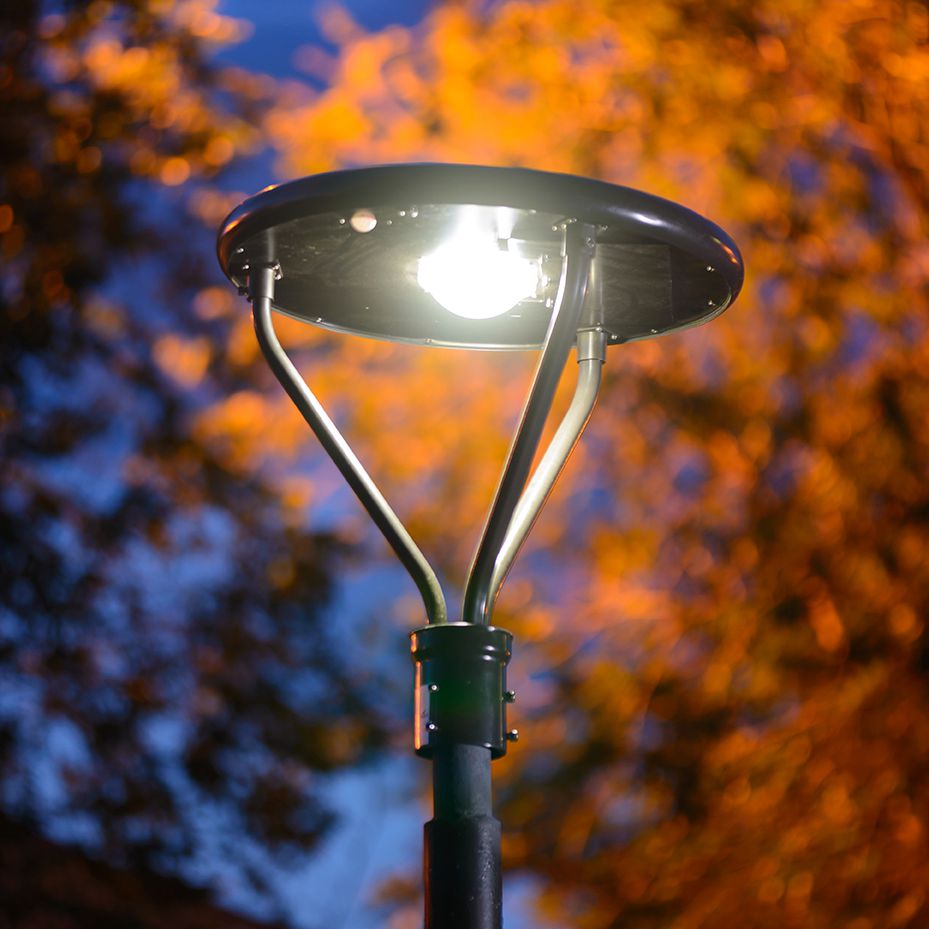
Add a Comment